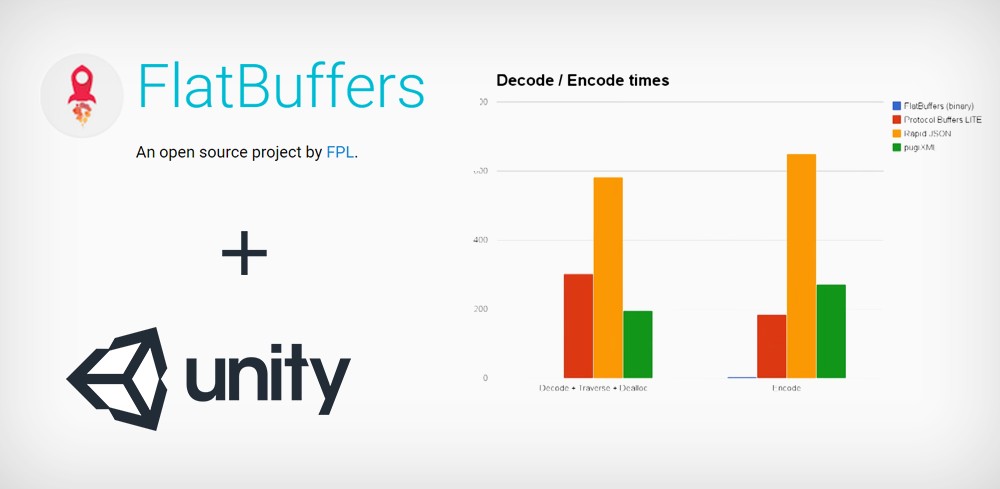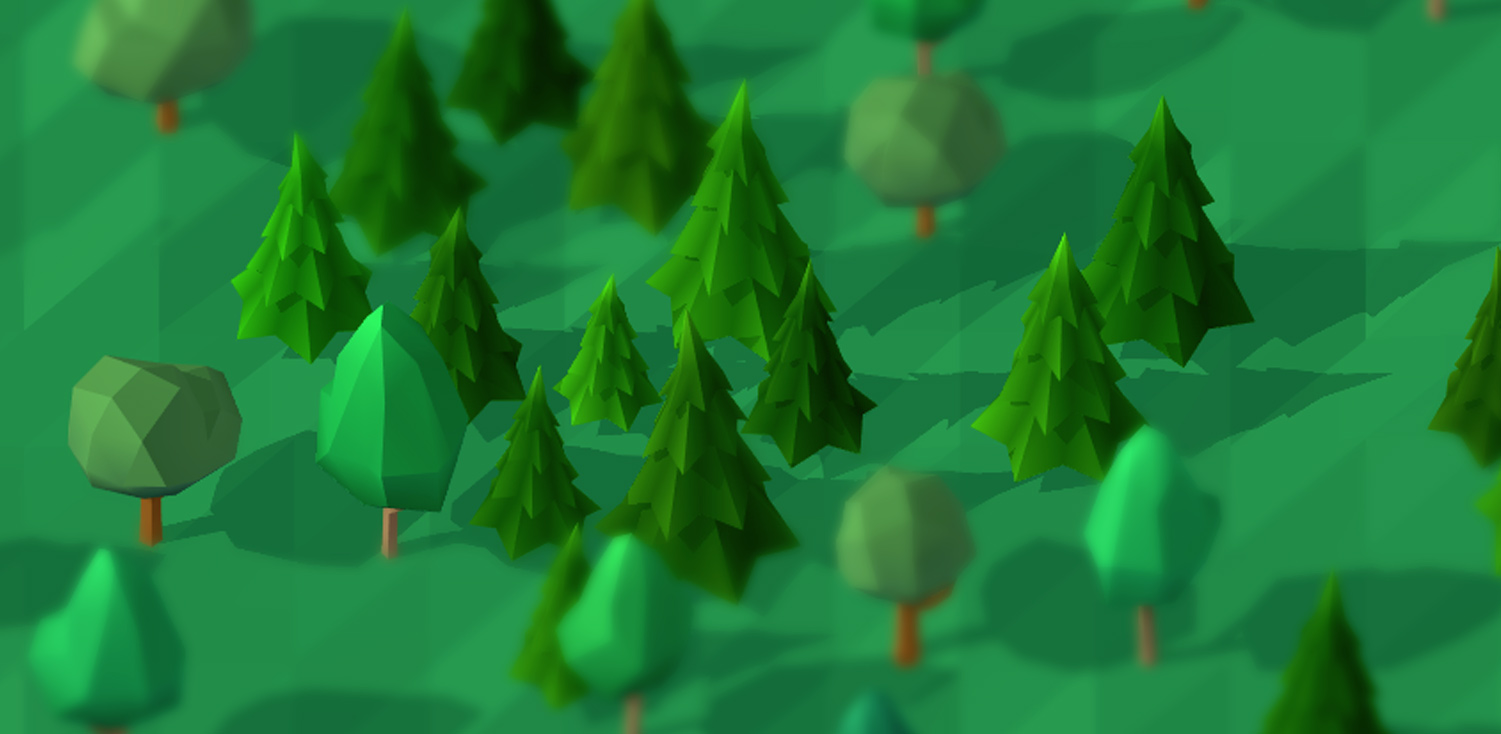Saving and loading a game is something that any game should have by default these days. But after all these years, we still don’t have a universal way of saving data and each game uses different methods for storing and loading their info. This is pretty much normal, since the way we store the data depends on the type of game you’re making and how you’re making it.
For us, Afterloop is all about zero loading times, and choosing a format like XML and JSON for saving was out of question due to their slow parsing speeds.
We started with binary serialization, but soon enough we had problems making saves backwards compatible, we needed SPEED and FLEXIBILITY.
Flatbuffers had everything we needed.
In this post, I’ll explain how we used flatbuffers for saving and loading data in Unity.
Flatbuffers might seem scary and mysterious at first, but in reality it’s not that hard to use !
Obviously, this is not something that beginners should use but since I couldn’t find any examples of flatbuffers with Unity3D on the web, I had to make this post.










